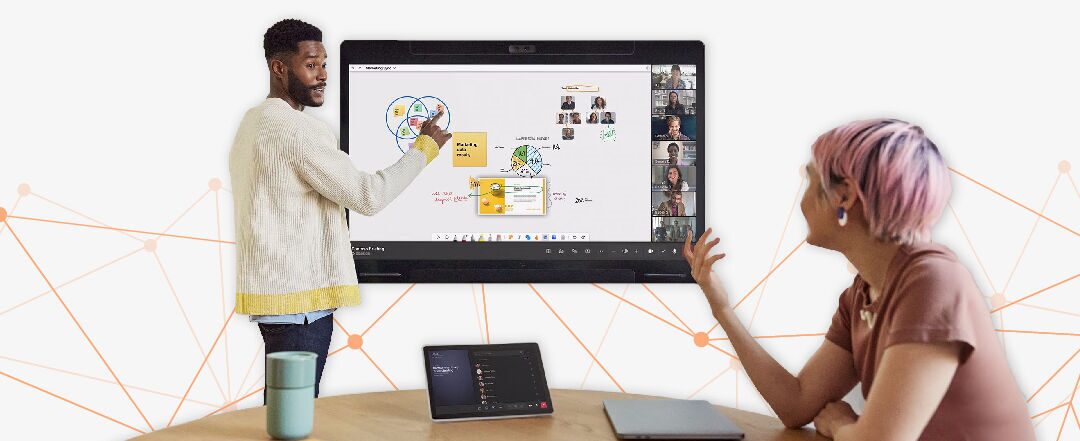
-







-






Latest posts

27 de August de 2024
Share:

Florencia
AV & Collaboration Specialist
In today's business environment, video conferencing has become an essential tool for remote collaboration and effective communication. Choosing the right video conferencing systems can significantly impact the efficiency and success of virtual meetings. In this guide, we will explore the best video conferencing systems for businesses in 2025, differentiating between various types of solutions, including software and platforms, as well as hardware and equipment. Video conferencing platforms are cloud-based solutions that enable virtual meetings through a software interface accessible from various devices. These platforms offer a range of features to facilitate online communication and collaboration. Meeting room software is designed to manage and optimize video conferencing in meeting spaces, providing a smooth and professional communication experience. These systems focus on the software used to control and coordinate video conferences, integrating with the appropriate hardware to offer a comprehensive solution. Benefits: Hardware and equipment systems include all the physical devices needed for video conferencing, such as cameras, microphones, and screens. These systems are designed to deliver superior audio and video quality and integrate with software platforms to provide a complete meeting experience. When selecting a video conferencing system, consider the following factors related to the three types of solutions: Choosing the right video conferencing systems is crucial for ensuring effective and productive meetings. Both video conferencing platforms, meeting room software, and hardware play important roles in the success of business communication and collaboration. Microsoft Teams is emerging as a dominant choice among platforms due to its advanced features and complete integration with the Microsoft tools that most businesses use. It creates a fully integrated environment that removes communication barriers and facilitates collaboration. At Newtech Group, we are here to help you find and configure the video conferencing systems that best fits your needs. Contact us for more information about our solutions and how we can assist you in transforming your virtual meetings.
Types of Video Conferencing Systems
1. Video Conferencing Systems: Platforms
2. Video Conferencing Systems: Software for Meeting Rooms
3. Video Conferencing Systems: Hardware and Equipment
4. How to Choose the Best Video Conferencing Systems for Your Business
Video Conferencing Platform:
Meeting Room Software:
Hardware and Equipment:
5. Conclusion
Share
If you are looking for advice on technological solutions
in videoconferences please write us!
"*" indicates required fields
© 2025 All rights reserved | newtechgroup.com